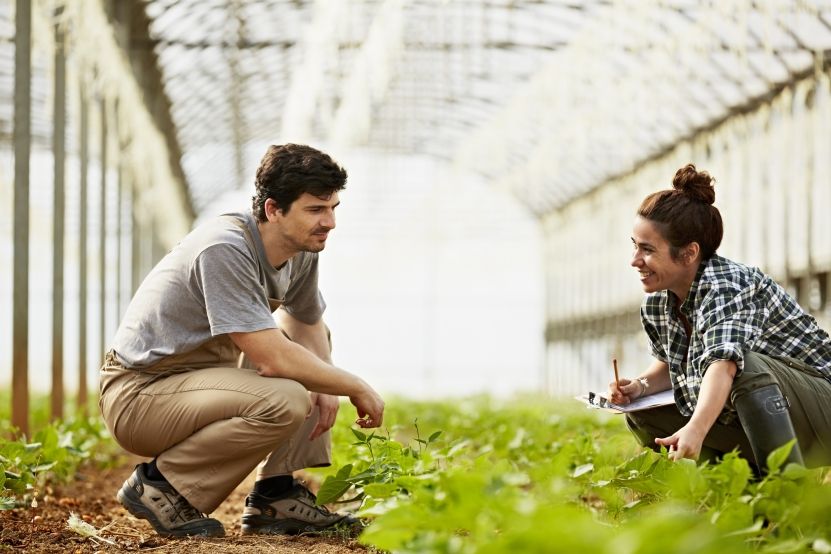
In France, the desire to reduce reliance on phytopharmaceuticals in response to societal, environmental and health-related concerns has resulted in a variety of government plans, the latest incarnation of which is dubbed “Écophyto II+”. These plans include a goal of “promoting the recognition and dissemination of biocontrol products”, and the Ministry for Agriculture published a “national biocontrol rollout strategy” in November 2020. But what exactly is biocontrol?
Biocontrol encompasses a range of measures for protecting plants and combating harmful organisms based on the use of natural mechanisms. These products can be used on their own or alongside other means of protecting plants, for example in combination with conventional phytopharmaceuticals, so as to reduce the required dosage by boosting efficiency or reducing frequency of use.
Biocontrol processes can be broken down into three broad categories. The first is macroorganisms, mainly consisting of insects used to biologically combat harmful organisms, the best-known example being the use of ladybirds to combat aphids. The second category, microorganisms, while much broader in both its sources and its applications, is at the same time less well understood scientifically speaking. It notably includes bacteria, yeasts and fungi. Lastly, the third category spans molecules of interest, whether naturally occurring or synthetic, that mimic existing environmental processes. This category includes, for example, pheromones and kairomones as well as natural substances derived from plants (e.g. seaweed and plant extracts), animals and even minerals.
While not subject to the requirement to reduce usage in connection with the introduction in France of phytosanitary savings certificates (certificats d’économie de produits phytosanitaires – CEPP), phytopharmaceuticals based on natural mechanisms require a marketing authorisation issued following a thorough assessment of risks to human and animal health and the environment.
With more and more technical impasses and mounting resistance as conventional products previously used to combat some diseases fall within the scope of the prohibition, the scope of application of these products is huge. The recent example of neonicotinoids for the prevention of jaundice in sugar beet is telling in this regard. Yet biocontrol products do not yet provide an answer for each and every combination of crop and harmful organism, for various reasons. For example, the marketing authorisation process means they take a long time to develop and often cost more than conventional products, and this can slow their adoption.
However, despite their relative recency, biocontrol solutions are enjoying growing success among farmers. The International Biocontrol Manufacturers’ Association (IBMA) estimates that their share of the French market for phytosanitary products is set to rise from 10% in 2020 (up from 9% in 2019) to 30% in 2030.
While biocontrol will undoubtedly not be the only solution for combating pests, it could usefully form part of an innovation drive combining prevention, early detection and, therefore, new means of control. Since these solutions are little known to the public, there will also be a need for specific communications campaigns so that the sight of a crop duster in a field is no longer automatically associated with chemical treatments.
Arnaud Rey







